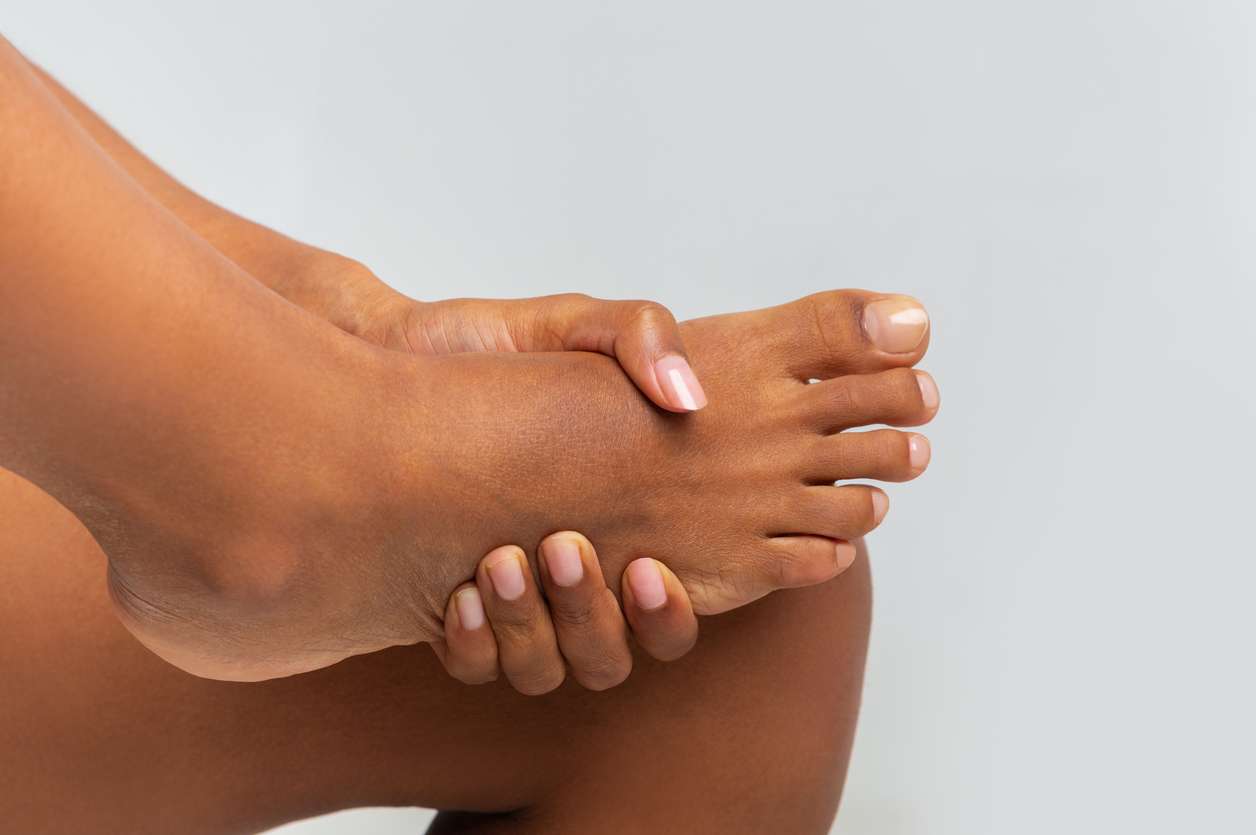Foot ulcers develop in about 15% of the 25 million Americans living with diabetes and are a top cause of hospitalization. These ulcers can lead to serious complications, such as infection and amputation.
According to foot and ankle surgeons, there are steps you can take to prevent complications and keep your feet healthy, as well as breakthrough treatments that are saving limbs, restoring mobility and improving lives.

Surgeons are sharing some important insights into preventing foot ulcers associated with diabetes and treating them if they do occur.
Make these precautions part of your foot care routine:
- Inspect feet daily using a flashlight and mirror to see the bottoms of your feet.
- Moisturize dry, cracking feet to prevent sores. Use powder to control moisture that can result in blisters.
- To prevent injury, wear protective, well-fitting shoes and socks at all times, even in the house. Change socks daily and more often if your feet get wet or sweaty. Avoid socks with holes or seams. Sometimes diabetic shoes are prescribed to avoid pressure and rubbing on the feet.
- Get regular foot exams from a foot and ankle surgeon, which can reduce amputation risk by 45-85%. The surgeon can also screen feet for loss of protective sensation.
- Manage your diabetes. Out-of-control blood sugar levels can lead to nerve cell damage, making it harder to detect foot problems.
Look for telltale signs that an ulcer may be developing:
- Swelling. The foot or ankle may look puffy or engorged and larger than the other.
- Temperature. Cold feet might mean a circulatory issue, whereas hot feet might mean infection.
- Color changes. Redness and even other colors might appear before an ulcer forms.
- Calluses. If a callus changes colors or develops dark, “dried blood” colored spots, it may be time to have a foot and ankle surgeon offer a proper diagnosis.
Ask your foot and ankle surgeon about innovative treatments:
If you do experience a non-healing ulcer, talk to your foot and ankle surgeon right away about innovative technologies that stimulate healing.
Groundbreaking approaches include stem cell therapy, the use of bioengineered skin substitutes to accelerate growth of healthy skin, and negative pressure wound therapy (NPWT) to promote healing and enable healthy, new tissue to grow. Today, foot and ankle surgeons rarely do a skin graft without NPWT. Skin grafting for foot ulcers has also advanced. Surgeons now use advanced reconstructive surgery and grafting techniques to promote wound healing and decrease wound recurrence.
The success rate of these advanced therapies is high, providing substantial improvement over treatments of the not-too-distant past, when doctors would clean and bandage the wound and hope for the best.
By: StatePoint








